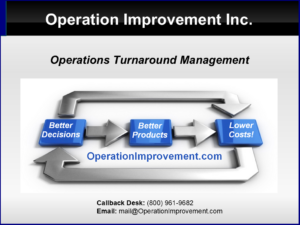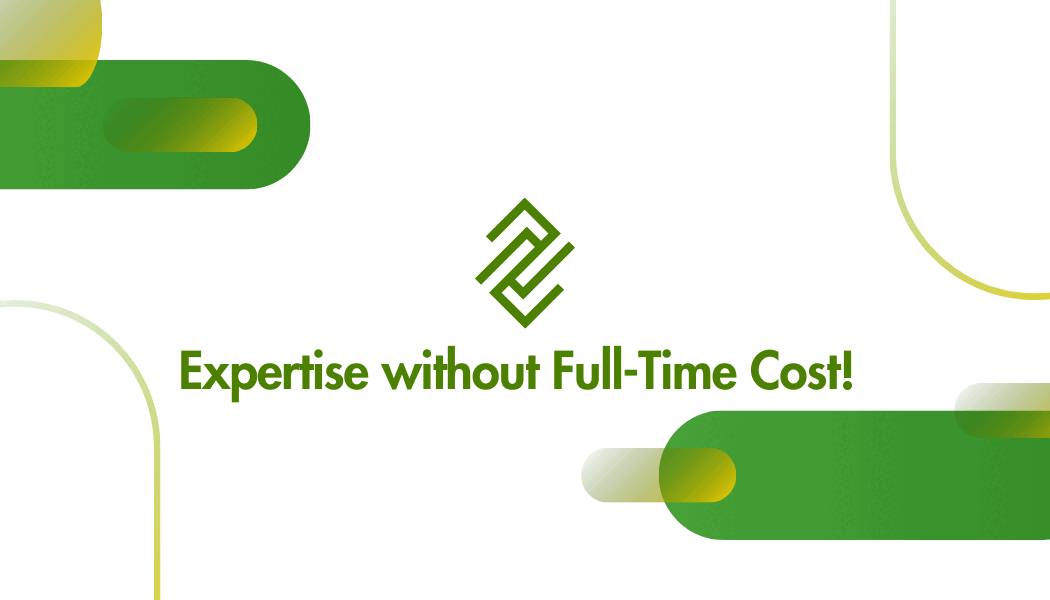Managing Variability
Shoes in the shoe store were just not selling. After a careful survey of available shoe sizes (6, 8, 10, and size 12) and customer feet (7, 9, and size 11), we happily conclude that the average shoe fits the average foot. What did we miss? Variability.
Variability
The shoe store has some control over the variability in shoe sizes when orders are placed, but tactical management of variability is much more subtle. There are things that you can control and things that you can’t. In project and process management, the inability to tell the difference makes things worse and can even end in failure.
There is an old and silly joke about the man who tells the doctor, “It hurts when I poke my finger in my eye.” The doctor, of course, says, “Well, stop doing that!” Learn how to properly manage variability.
It is often, but not always, easy to manage known causes of variation. In one copper coil winding and insertion operation, our studies revealed a one percent chance of coil failure when current was applied.
Copper coil windings varied in how tightly packed the coils were. Some were wound a little loose and some a little tighter. On average, the tightly packed copper bundle was a perfect fit into the intended machine slot.
The loose coils were problematic. About one percent had to be forced into position with the only tool available to the operator, a screwdriver! Aha! The cause of defective coils! (Details of that journey are in another article.)
The problem could have been solved far upstream by a product re-design or by re-engineering the coil insertion process, but our simple solution to eliminate this defect was tactical management of variability.
No Silver Bullet
“Surely,” many managers think, “there is a product, maybe a tool, a machine, maybe software… something I can buy that will solve my variability problems for me.”
It is axiomatic that one needs tools suited to the task at hand; but while tools can be helpful, there is only one alternative to learning about how to measure and manage variability. The alternative is to suffer through it.
In service industries, many try to punt this issue into the Information Technology department. In call centers/contact centers, staffing never seems to match demand variability, so fortunes are spent on scheduling software and overly complex routing and load-leveling systems.
The common result is that calls are dispatched and routed in an inscrutable and unmanageable manner. Service quality suffers because calls are not relayed to the right people. (“But we bought skill-based routing!”) Caller wait times still have unacceptable peaks and valleys.
In manufacturing, parts assemblers given average-sized cylinders to be inserted in average-sized openings must fiddle with stacks of slightly under-sized and slightly over-sized “within specifications” parts. They then wonder why items that meet tolerances won’t fit together.
Without a proper understanding of variation, managers direct purchasing to tighten the tolerances and buy more expensive components, raising the cost basis of the product they want to sell.
Be Careful What You Ask For…
You may get it! One cannot apply brute force; one cannot decree that workers stop producing results that have variability. It does not work and only makes things worse. (In his Walkabout © series of books, James Abbott calls this mistake “Forced Capability”; a violation of the principle of Division of Labor in decision-making.)
One tactical manager tried to eliminate variability by decree. He told his three shift managers, “Do whatever it takes.” One shift manager performed measurably worse after the order. We called him the Good Trooper because of his story.
“Of course I’ll do what the boss said. I was in the army. I learned that when the boss says jump, you ask how high.”
The other supervisors performed as they did before the manager’s new rule. They said,
“He doesn’t understand what we can and can’t control down here, and he won’t listen. I guess whether or not I keep my job depends on chance.”
“There is a chance my variability numbers will be bad, but there is also a chance they will be good. I’ll take the credit if they are good and risk the consequence if they are bad. I know I’ll only make things worse if I don’t leave what is currently working alone.”
Manage or Re-Design
An architectural re-design of a process and re-engineering with and capital outlay (new equipment/automation) is a strategic decision. Tactical managers must be masters of variability regardless of the technology and tools employed. New equipment lets an operation make scrap faster!
Tactical management of variability is straightforward and methodical and requires five things:
- Targets. You must establish and oversee a correct operation based on what you presently know. This includes contingency plans to re-deploy resources when conditions change. (“If it rains, we will need umbrellas.”)
- Consistency. You must run that operation as consistently as possible.
- Fresh Data. You must measure and monitor variability in real time. Today’s data must be available for today’s decision-making, and not just at the end of the month.
- New Knowledge. You must learn new things – details about your operation.
- Managed Change. You must incorporate that new knowledge into a new baseline plan of correct process operations.
New Knowledge
Knowledge is power. The manager who has ten years of experience has an advantage over the one who has one year of experience repeatedly over ten years.
You can measure and report variability with statistical tools such as standard deviation and coefficient of variation, but your progress in the management of variability is measured by assessing your inventory of knowledge!
An apprentice carpenter may start with a basic inventory of three or four ideas: the hammer, the nail, the pointy end of the nail goes into the wood, and the desired flush finished result.
The skilled carpenter will know about knots in wood, the behavior of laminate materials, the risk of splitting thin strips of wood along the grain, and more.
Similarly, the experienced tactical manager should have a larger inventory of knowledge after accumulating time on the job. If you can master the skill of managing variability, you may very well accumulate your ten years of experience in a year, instead of the other way around!
Acting on New Knowledge
Some of the things you will learn will represent opportunities and some will represent risk. Some will be manageable and some will not.
Some will require new contingency plans so opportunities can be seized and not lost. Some contingencies may be provisioned to mitigate risk. Some will require a strategic response that will be beyond the scope of a tactical decision.
The important thing is to maintain a mental readiness, an awareness of the difference between the things you can control and those things that you cannot.
In another article in this series on causal analysis, we portrayed cause-effect and root-cause analysis as a potentially infinite chain of events with a decision fork in the alternatives where a human being has made a choice.
One decision fork in the analysis pursues the nature of things as far as we can until we rest our case with this conclusion: “And that’s just the way things are.”
The other decision fork terminates in human choices and actions. Of course, our past choices and actions become a given that no power in the universe can change. They are as indisputable as the fact that nails are pointy and will deflate a tire due to “the way those particular nails are”.
But we can shift our perspective on past human events and submit them to judgment and review. Why did we decide? Why did we choose? What would the outcome have been had we acted differently? Will we have the knowledge, when and where we need it, the next time a similar decision is made?
These are the questions we must ask if we are to incorporate and use new knowledge. These are the questions that highlight what, in the future, we may be able to manage and control.
© Operation Improvement Inc 2025. All rights reserved.





